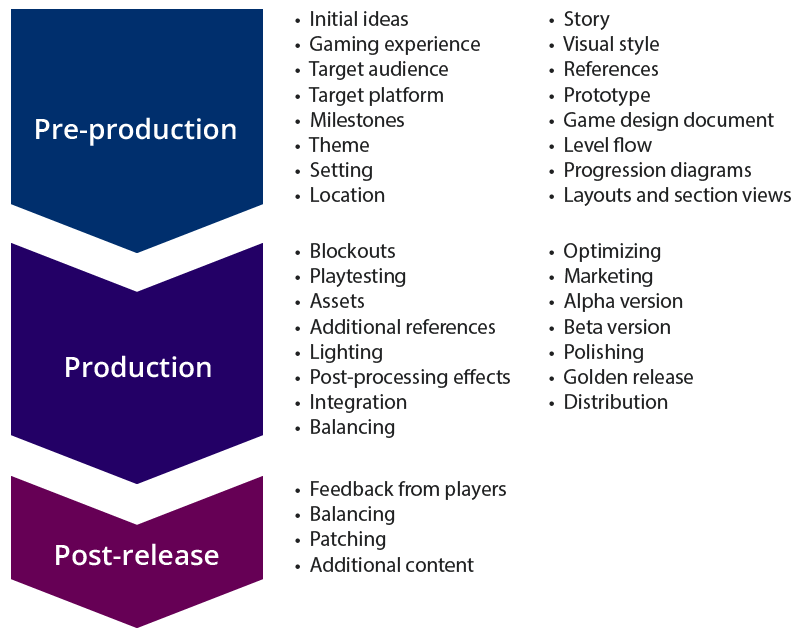Get Started
Get to know the Aelyss Game Design Tips
The content is structured into various chapters that provide guidelines and ideas to assist you in designing your game.
Key Incentives for Playing Games
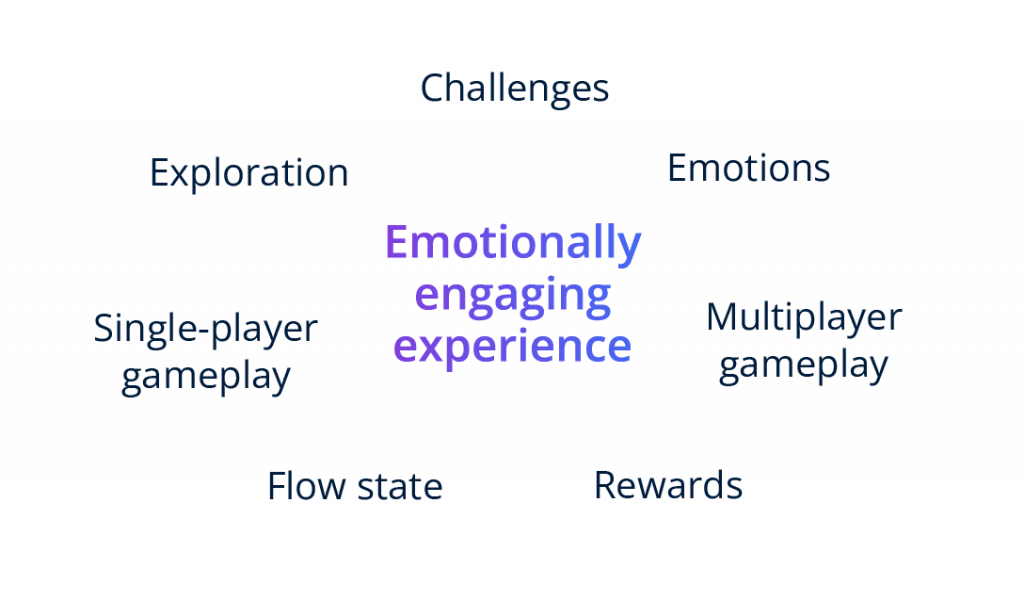
Investigate the factors that drive players to become fully engaged in virtual worlds and generate their own narratives.

Forming the General Idea of Your Game
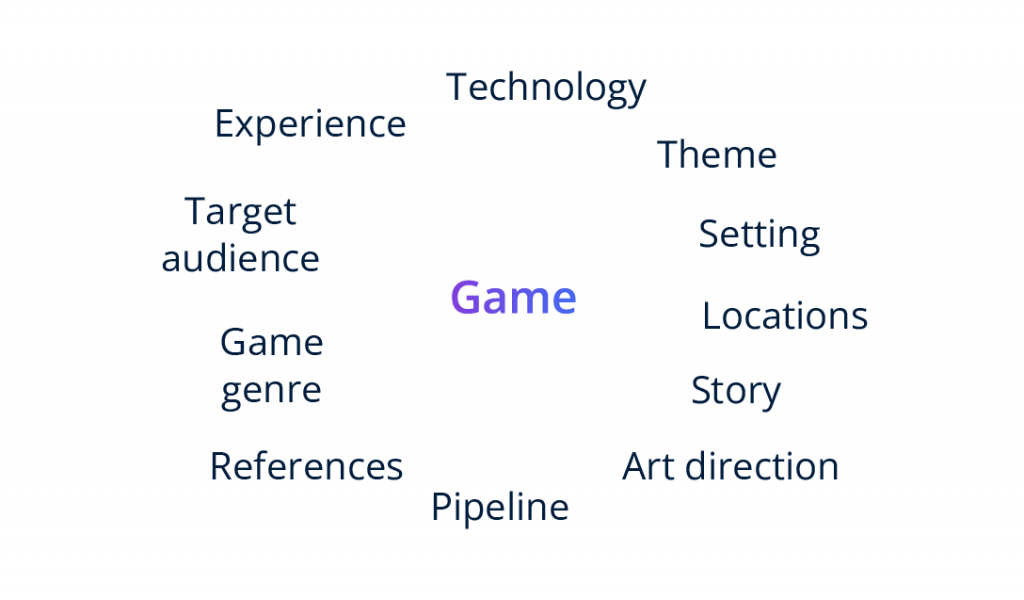
Familiarize yourself with the various aspects that you will need to address and manage, before you begin the production stage of your development process.

Game Design Document
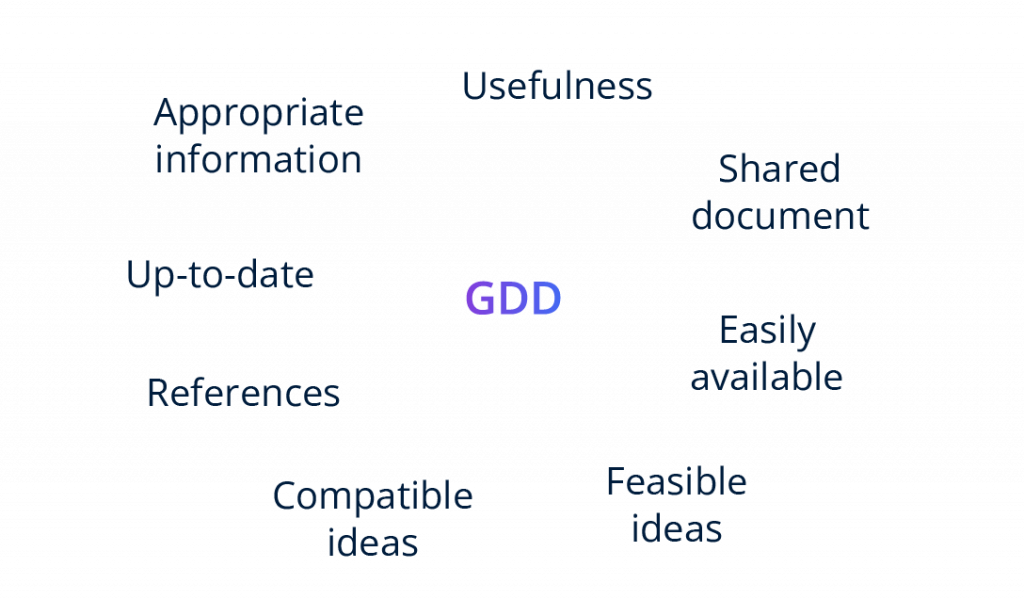
Learn about the concept of a GDD and understand its practical benefits for the process of development.

Nonlinear Gameplay
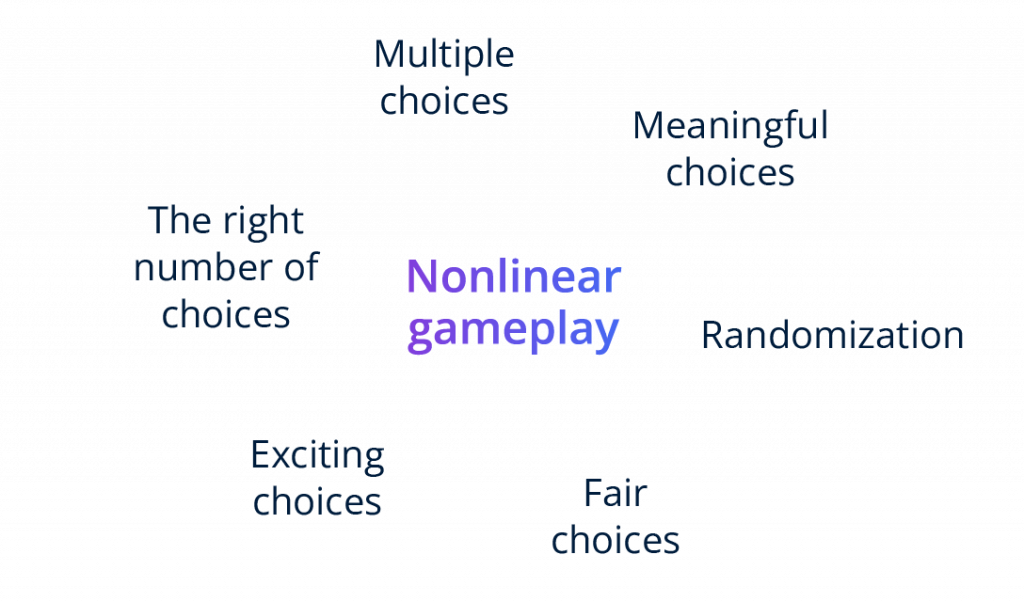
Acquire knowledge on how to grant players increased authorship and understand the concept of replay value.

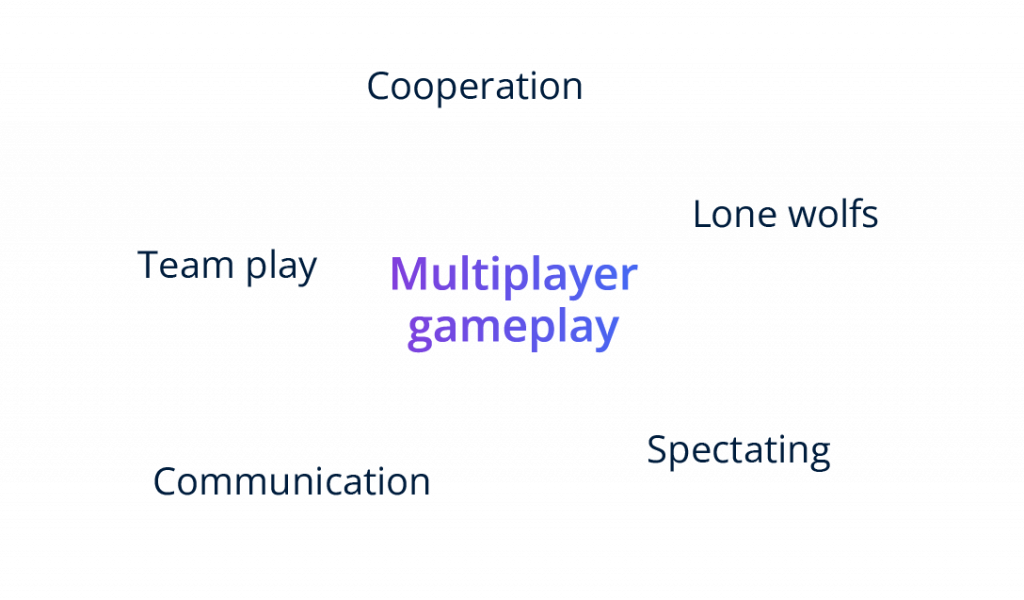
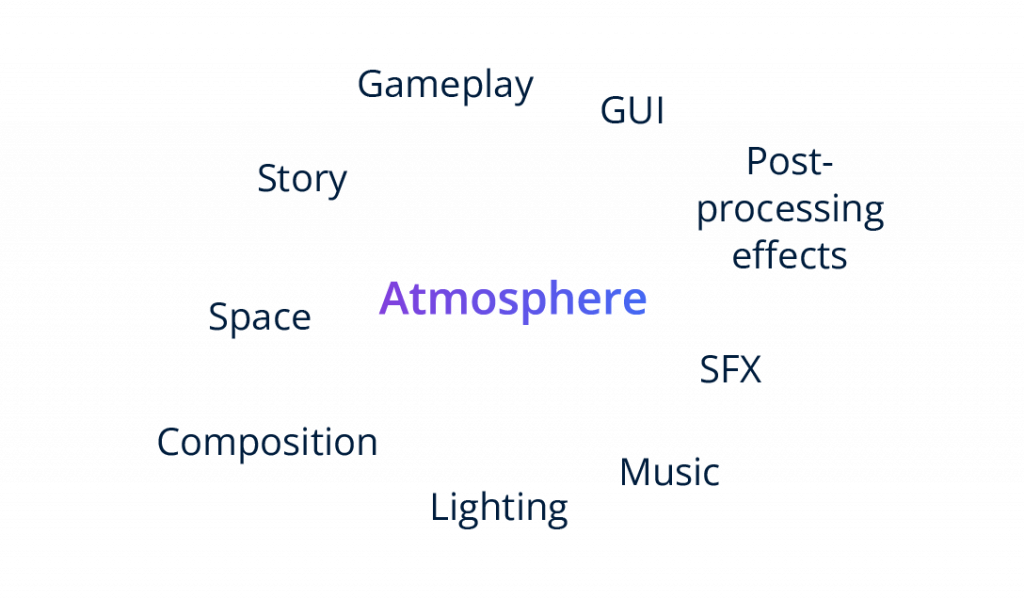
Story
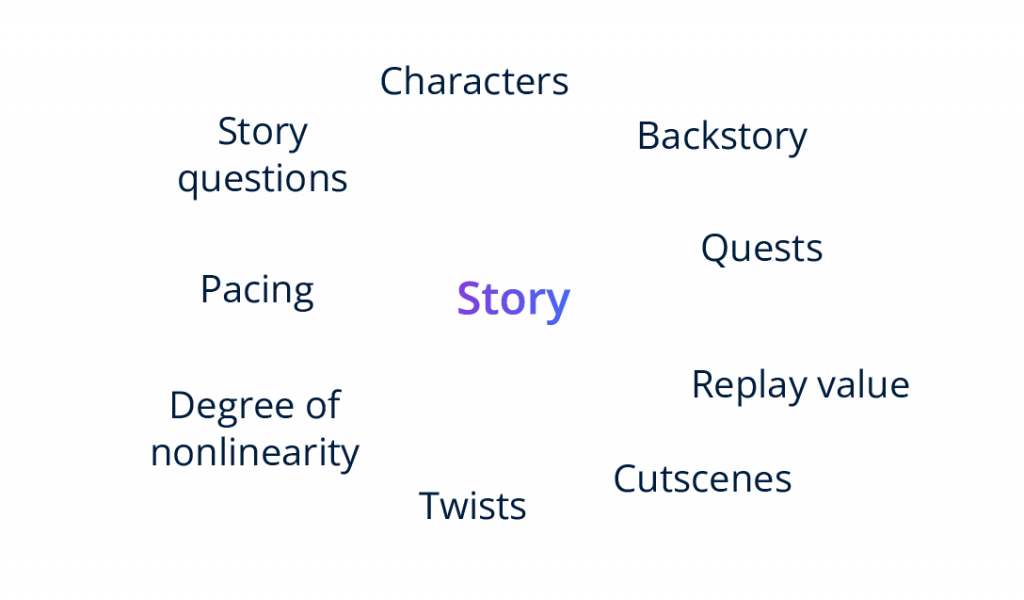
Determine the functions that stories possess and learn how to effectively handle them.

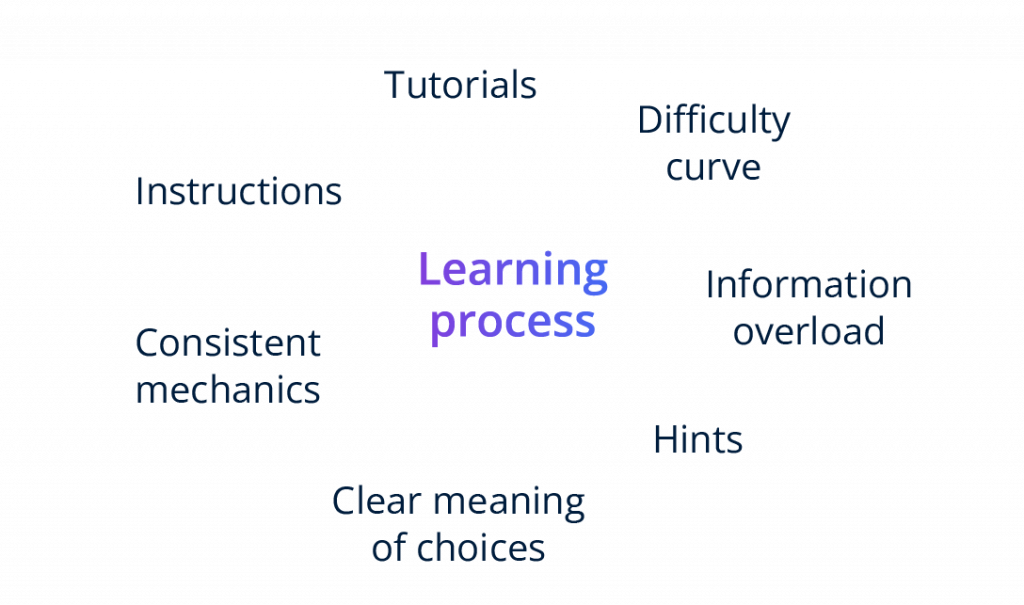
Accessibility
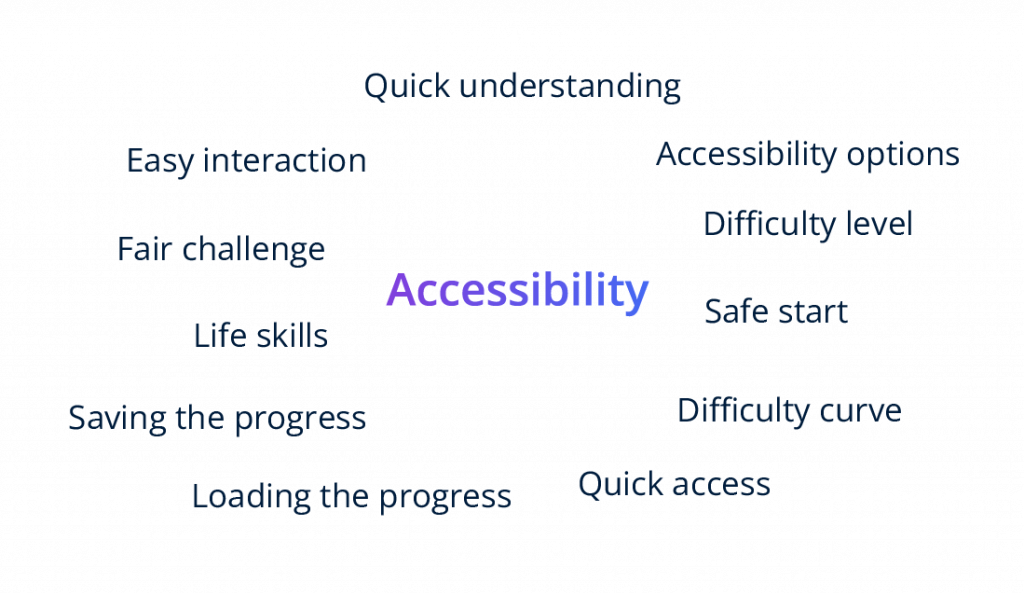
Explore the concept of accessibility and learn how to make your game inclusive for players of all ages, skill levels, and health conditions.

Objectives
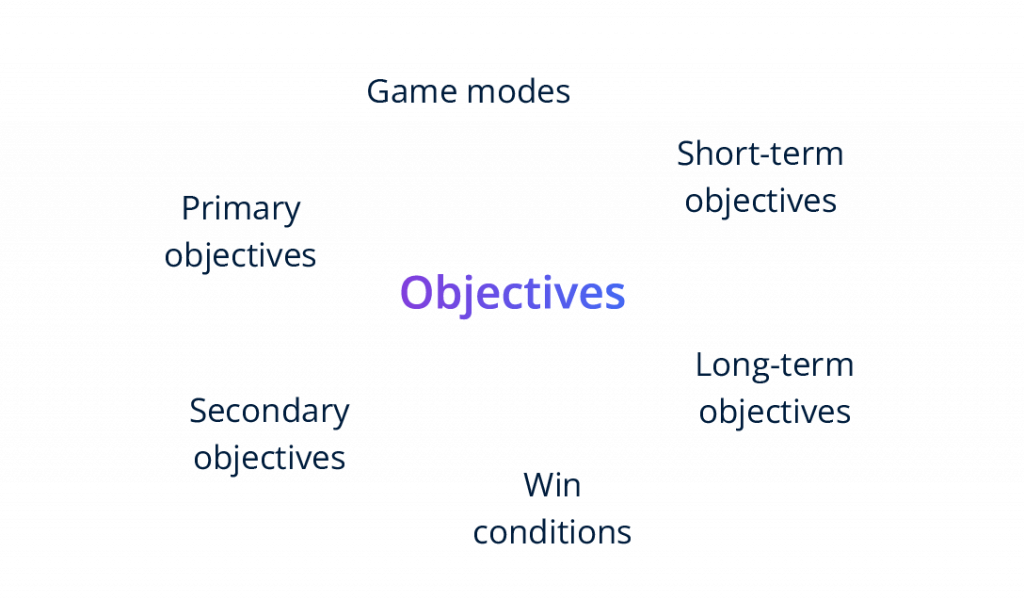
Gain an understanding of objectives and their ability to enhance player engagement.

Rewards
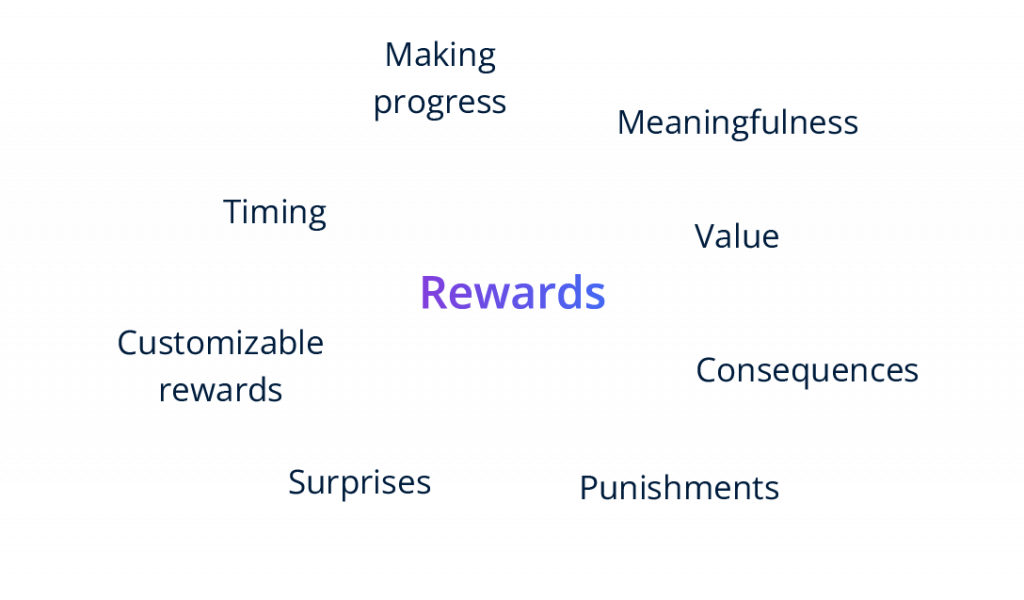
Discover how to manage rewards and determine which ones are accessible for implementation.

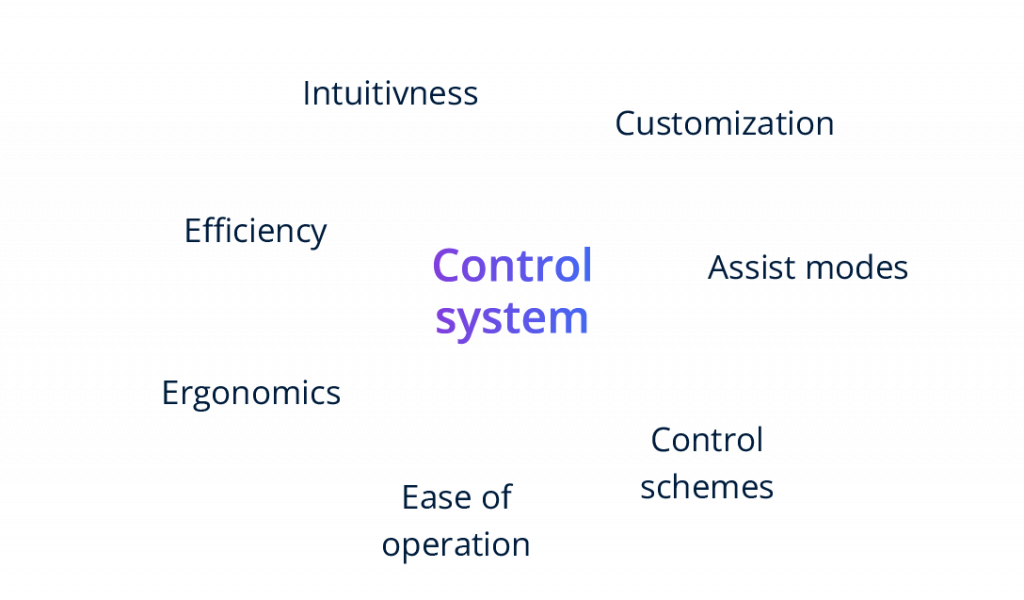
Output System
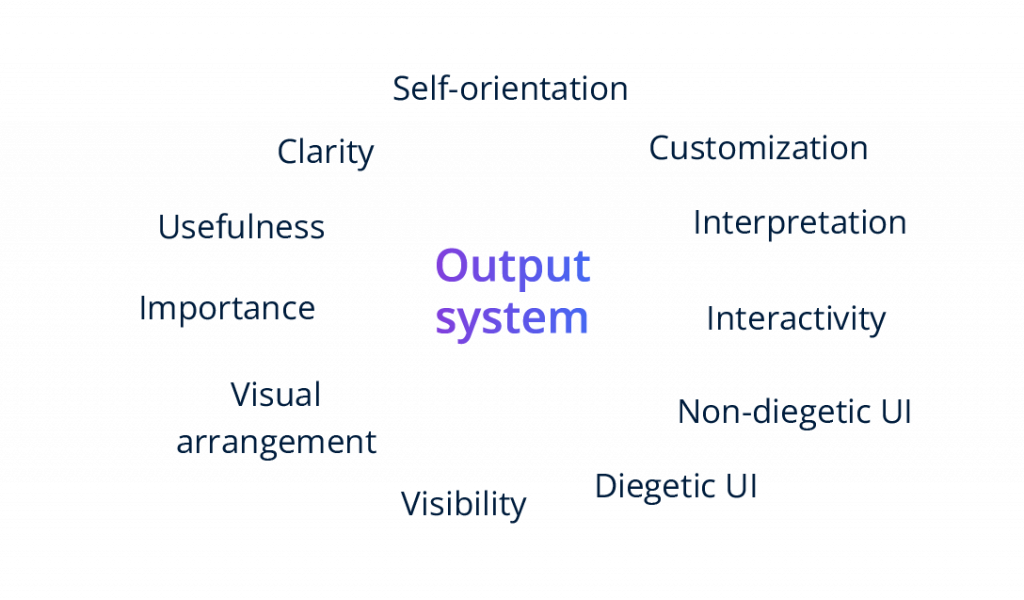
Learn how to handle different types of feedback, like visuals, audio, and haptics.

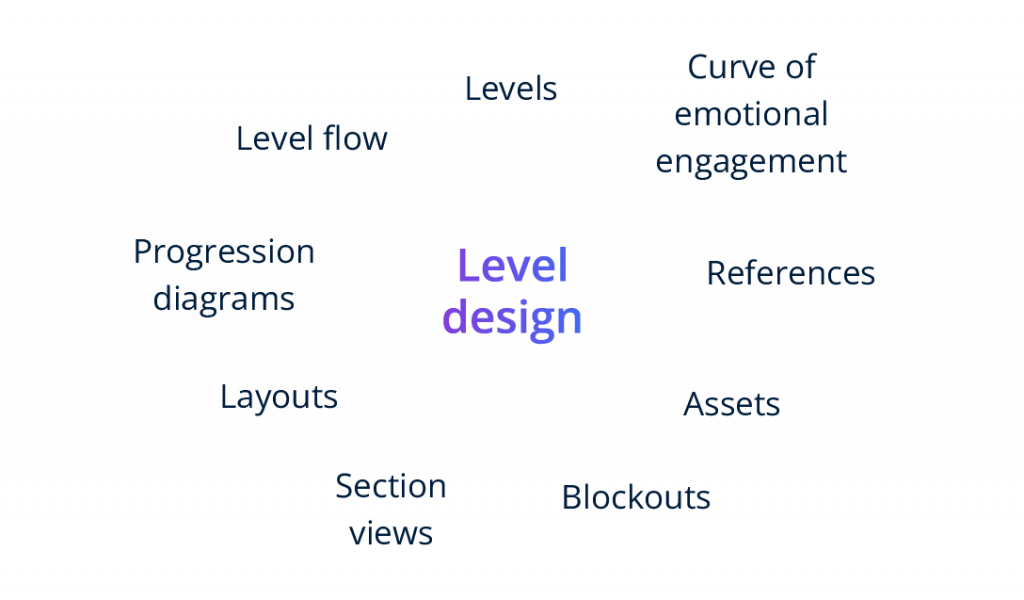
Playtesting

Discover the significance of playtesting in order to create a successful game.

Where to Start
Above all, each development team operates in their own unique manner. While one team may adhere to a conventional production cycle, another team may develop a game by working in iterations using an agile methodology. Hence, any information written on this page may not align completely with your production cycle.
However, if you are inexperienced in game development, the subsequent list of activities can assist you in establishing your own production cycle. These activities can be categorized into three groups, with each group representing a production phase. There are typically three phases of development:
- Pre-production phase.
- Production phase.
- Post-release phase.
Various aspects that require attention during different phases of game development.
Pre-Production Phase
Prior to commencing the construction of your initial level, it is advisable to allocate a sufficient amount of time during the planning phase to acquire a comprehensive understanding of your game. Planning encompasses a diverse range of activities, including those mentioned below. However, despite your utmost effort in planning, you will inevitably encounter challenges during the production phase. However, by engaging in adequate preparation, you can mitigate a significant amount of anxiety that would otherwise be encountered if you commenced production immediately. Here are the steps you can undertake during this initial phase of your game’s development:
- Identify your intended audience and platform.
- Conduct a competitive analysis.
- Define the experience you intend to deliver.
- Analyze whether the gameplay mechanics of your game are captivating and worthwhile by developing your prototype.
- Establish your theme.
- Define your setting and location.
- Compose your narrative.
- Define your atmosphere.
- Establish your visual style.
- Gather references.
- Create a game design document.
- Determine the level of nonlinearity your game should possess.
- If you intend to include single-player gameplay, outline its design.
- If you intend to include multiplayer gameplay, outline its design.
- Describe how your players will understand the mechanics of your game.
- Describe the accessibility of your game considering the diverse characteristics of your target audience, including age, prior gaming experience, impairments, and other limiting factors like mobility issues or temporary illnesses.
- Make sure your players have clear objectives by outlining your level flow.
- Determine the rewards players can earn for advancing.
- Create progression diagrams.
- Design layouts and section views.
- Design the way in which your control and output system will function.
- Define your development pipeline, including the hardware and software required for the project.
- Define your milestones.
- Ensure that your vision is clearly articulated.
Production Phase
After finishing the planning phase and validating your concept with a prototype, you can proceed to the production phase. At this point, you will be required to:
- Create a blockout for each level that will be included in the final release.
- Playtest your blockouts.
- Acquire assets.
- Obtain additional references.
- Include additional details in your blockouts such as detailed meshes, textures, and more complex lighting.
- Continue to conduct playtests on your levels until the game is released.
- Improve the visual attractiveness of your game through post-processing.
- Incorporate different levels into your game.
- Balance and optimize your game.
- Promote your game.
- Release an alpha version.
- Release a beta version.
- Polish your game.
- Get the golden release and distribute it.
Post-Release Phase
Once your game has been released, there are various activities you can partake in if you desire to enhance your game:
- Get feedback from players.
- Balance the game.
- Patch the game.
- Generate additional content.

